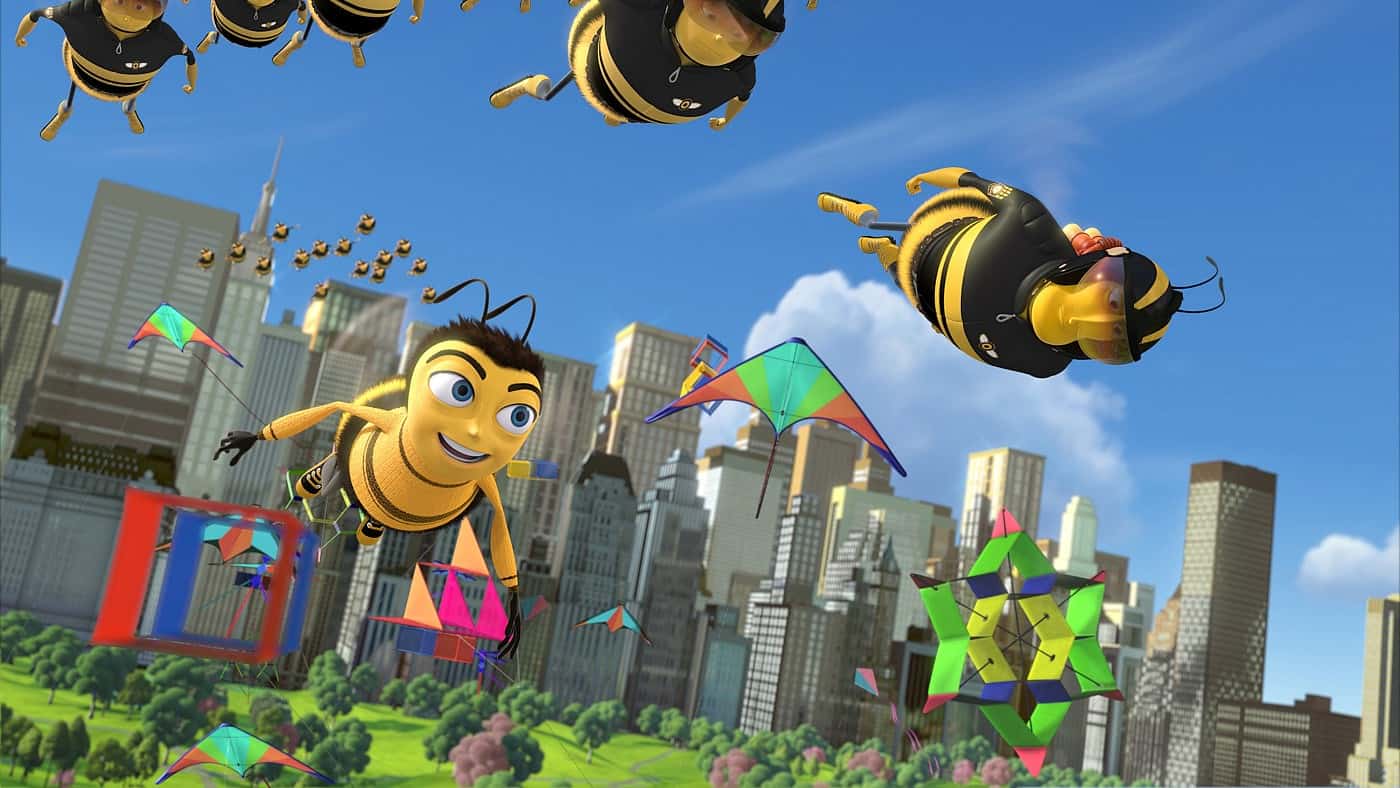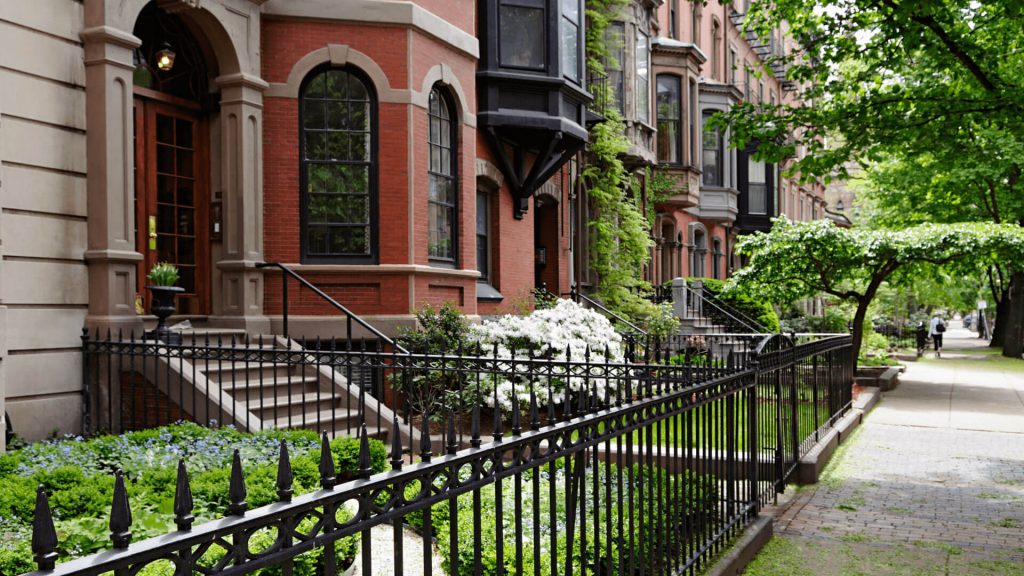Pollinator-friendy solar is the game-changing solar industry practice that makes solar farms a double win for the environment. Here’s what you should know:
Helping the environment: one of the main reasons people sign up for a share of a community solar farm. Reducing our dependence on fossil fuels, supporting emission-free energy generation, and helping to replace other methods like fracking and drilling are all great reasons solar subscribers can feel good about their carbon footprint. But pollinator-friendly solar, the newest trend in solar development, takes a solar farm’s environmental impact to the next level.
We’re seeing it more and more: solar developers purposefully supplementing solar farms with native plants, wildflowers, and shrubs to accommodate pollinators. In this way, solar farms can double as pollinator habitats, areas where pollinators such as bees, butterflies, certain birds, and other species can thrive.
While peppering solar farms with plant seeds might not seem like a huge deal, solar farms can play a significant role in supporting a local pollinator population, as well as a local food system. And with the number of pollinator habitats on the decline, pollinator-friendly solar farms can be a part of the solution.
Table of Contents
The Power of Pollinator-Friendly Solar
We literally would not be alive without pollinators. Creatures like bees, butterflies, bats, and certain species of birds are responsible for one-third of our food supply. Over 1,000 edible plant species are dependent on pollinators for their survival. In the U.S., 40 billion dollars worth of annual crop yield relies on pollination.
An abundance of pollinators in a given area usually indicates a healthy ecosystem. Pollinators and their habitats also promote biodiversity, which plays a critical role in keeping climate change’s impacts at bay. Biodiversity results in high levels of oxygen, natural cooling effects, and a productive ecosystem.
Unfortunately, biodiverse ecosystems, pollinator habitats, and pollinators themselves are declining in numbers. This decline, which can be attributed to deforestation, urban development, infectious diseases, and climate change, puts our pollinators at risk.
Between April 1, 2018 and April 1, 2019, the managed bee population dropped by a whopping 40%. In the U.S., it’s normal for bee populations to decline in the winter months. It’s natural for there to be a 5-10% decline in U.S.’s commercially-owned bee population. However, bees dying during the spring and summer months was unheard of.
And it’s not just bees. Western butterfly populations have declined by an average of 1.6% per year, according to a University of Arizona study examining 40 years of data.
The main causes of these population declines? Warming temperatures and pollinator habitat destruction. That’s why pollinator-friendly solar is such a game-changer.
Addressing Environmental Concerns with Pollinator-Friendly Solar
While unlikely, solar farms and pollinator habitats have a symbiotic relationship. Aside from the obvious environmental benefit of solar (you know, not contributing to global heating or greenhouse gas emissions), solar farms provide a healthy space for pollinator habitats.
Pollinator habitats consisting of native plants, flowers, grasses, and other vegetation actually increase the productivity of solar panels! Thick vegetation provides a cooling effect underneath the panels on hot days, which actually makes panels more efficient.
Pollinator-friendly solar has been such a success that the largest utility in Minnesota — one of the top community solar states — made planting pollinator habitats a requirement for new solar farms.
Habitat destruction is one of the main concerns potential community solar subscribers have — and understandably so! While supporting renewable energy is important — even crucial — to a sustainable future, it should not have to come at the cost of wildlife.
Although not developers ourselves, we at Solstice work with developers who share this value and advocate for solar farms to be built on capped landfills, decommissioned golf courses, unusable farmland (giving farmers a portion of the revenue), and other locations that prioritize the land and the local community.
In addition to these practices of solar farm siting, creating pollinator-friendly solar farms is a hugely popular way in which the solar industry is supporting a sustainable future even more.
As the clean energy transition progresses and solar energy becomes more commonplace, it’s important that developers still prioritize the prosperity of the environment and the local community.
Like learning about community solar?
Join our monthly newsletter to hear about more renewable energy news and bold climate challenges.





